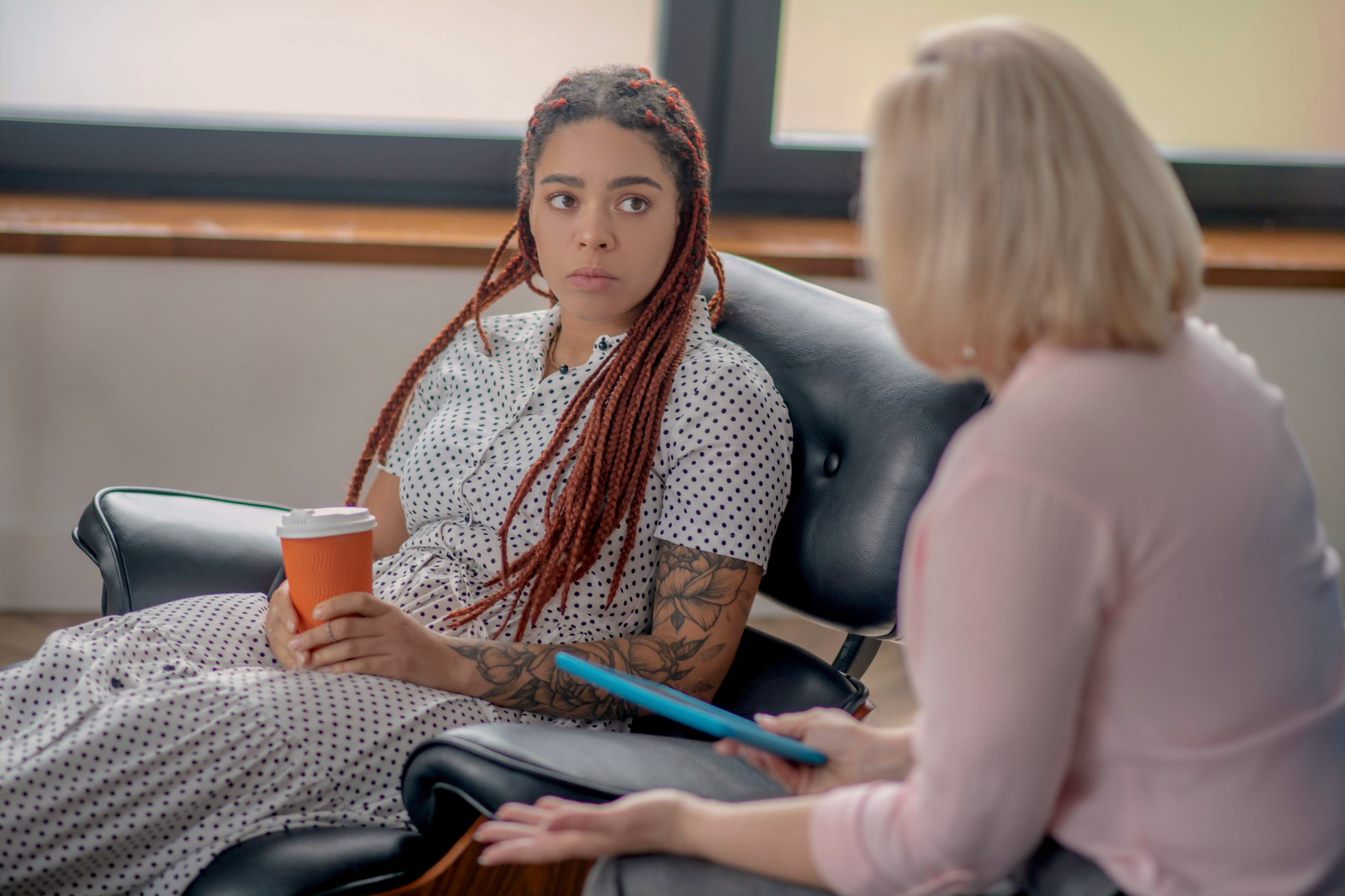
JCOIN research aims to improve the delivery of opioid treatment services to individuals involved in the justice system. Credit: Alamy.com/Dmytro Zinkevych
People interacting with the justice system — those arrested, awaiting trial in jail or prison, or on probation or parole — face stark challenges in the opioid crisis. Not only are they at significant risk of having opioid use disorder or overdosing, but they also are among the people least likely to receive medication and other health services to treat their addiction and support their recovery.
To find better ways to connect justice-involved people with lifesaving treatment for opioid use disorder, the Helping to End Addiction Long-term® Initiative, or NIH HEAL Initiative®, funded a new national research network: the Justice Community Overdose Innovation Network (JCOIN).
JCOIN launched in 2019 with the vision that every person in jail or prison or in a court-supervised program deserves access to effective opioid use disorder treatment. The unique network is a partnership between 11 research hubs, local and state justice agencies, and community-based treatment providers. Through this network, JCOIN will rapidly conduct studies among justice populations to learn the best approaches for justice systems to effectively respond to the opioid epidemic. To help the hubs work together and share data, two infrastructure centers support JCOIN research activities, including translation and implementation of study results.
Altogether, more than 100 communities and 44,000 justice-involved individuals are expected to be involved in JCOIN research in both urban and rural settings across America. Examples of the wide array of JCOIN projects include quarterly checkups for supporting recovery after release from jail, evaluation of a state policy mandating medication treatment for opioid use disorder in jails, as well as studies comparing the effectiveness of different types of medication treatment in jails, and those testing the effectiveness of peer recovery support for people in probation and parole programs. One project includes three sites in rural Appalachia that focus exclusively on helping improve outcomes for women.
#NIHHEAL: Dr. Rosemarie Martin on Telehealth Services for OUD in the Criminal Justice System
Challenges and opportunities in jails and prisons and after return to communities
Providing effective care for opioid misuse and addiction within correctional institutions is challenging for reasons that include regulatory requirements, cost, concerns about selling or sharing medications with others, and persistent stigma about opioid use disorder. When available, standard offerings typically include counseling or detoxification but not comprehensive follow-up support that includes medication, counseling, wraparound services, and overdose education.
The situation is also complex for people who are being released from jail or prison. An individual who doesn’t receive treatment for opioid use disorder in jail or prison is more likely to restart opioid use after returning to the community, where risk of opioid overdose is up to 40 times greater than that of the general population. Because people are likely to use opioids at the same dose they used in the past, their risk of overdose in this scenario can be extremely high, since they may have lost tolerance to opioids while incarcerated.
In one JCOIN project, for example, case managers are working with people released from jail or prison to link them with medication treatment for opioid use disorder in their communities and encourage them to continue treatment. Reducing Opioid Mortality in Illinois is pairing individuals with peer-recovery coaches in five diverse urban and rural regions of Illinois with high rates of opioid disorders, overdose, and related harms. The approach can help overcome service barriers people face when trying to find treatment as well as address co-occurring mental health issues. The researchers hope to show that the case management method can personalize help for justice-involved individuals with distinct needs arising from their physical and social environments.
Opioid court: A new way to link people rapidly with treatment after arrest
Not everyone who becomes involved in the justice system will be incarcerated. In fact, many will participate in drug courts, where they are allowed to remain in the community while engaging with community-based services. In New York, a new model called an opioid court has recently been developed. A new take on traditional drug courts, opioid courts use a public health strategy to address underlying factors that contribute to criminal behavior. They involve teams that include the judicial system, behavioral health providers, social workers, and treatment communities to help justice-involved individuals into long-term recovery.
One JCOIN project will closely study and evaluate the state-wide implementation of this new model, which strives to get people at risk for opioid misuse and overdose into treatment as quickly as possible.
“Drug courts usually need from two weeks up to several months to negotiate a plea to enter court-supervised treatment,” says Annie Schachar, J.D., director of treatment court programs at New York’s Center for Court Innovation. With opioid courts, she explains, the timeline is shortened to 24 to 48 hours after arrest, enabling people to be stabilized and connected with care right away.
JCOIN researchers plan to track the movement of participants into treatment and evaluate the medical effectiveness and costs of the opioid court program. They will count the number of participants who stay in treatment for at least 90 days and complete the opioid court program. They will also track the number of people who commit crimes in the 6 months after participating in an opioid court. Some studies show that treatment for opioid use disorder is linked with lower rates of criminal activity.
Adapting during COVID-19
Many experts are concerned about increases in opioid misuse and overdose deaths during the pandemic, as well as difficulties accessing treatment.
As the COVID-19 pandemic unfolded, many JCOIN activities were put on hold to protect the health of study participants, hub researchers, and justice and treatment partners. Yet despite the challenges, researchers and their community partners have adapted creatively through technologies such as telehealth.
“We’ve been training case managers and peer navigators on interviewing techniques,” says Basmattee Boodram, Ph.D., M.P.H., of the University of Illinois, Urbana-Champaign.
“In fact, the trainings have been so successful that some of our other community partners have asked to participate in the trainings.”
By focusing on a justice-involved population, the JCOIN study is addressing the health needs of some of the nation’s most vulnerable individuals, says Faye Taxman, Ph.D. who leads the Coordination and Translation Center at George Mason University in Fairfax, Virginia. “In our society, the deck is stacked against people who have few resources. People who fall through the cracks for whatever reason often end up in the justice system.”
Through research partnerships, the NIH HEAL Initiative is working on preventing opioid use disorder in these individuals to help steer them to healthy and productive futures.

Read About JCOIN on NIDA’s Website
Learn more about JCOIN and NIDA’s other justice system research initiatives.

Find More Projects in This Research Focus Area
Explore programs and funded projects within the Translation of Research into Practice for the Treatment of Opioid Addiction research focus area.

National Institute on Drug Abuse (NIDA)
Learn more about NIDA’s role in the NIH HEAL Initiative.
 U.S. Department of Health & Human Services
U.S. Department of Health & Human Services
